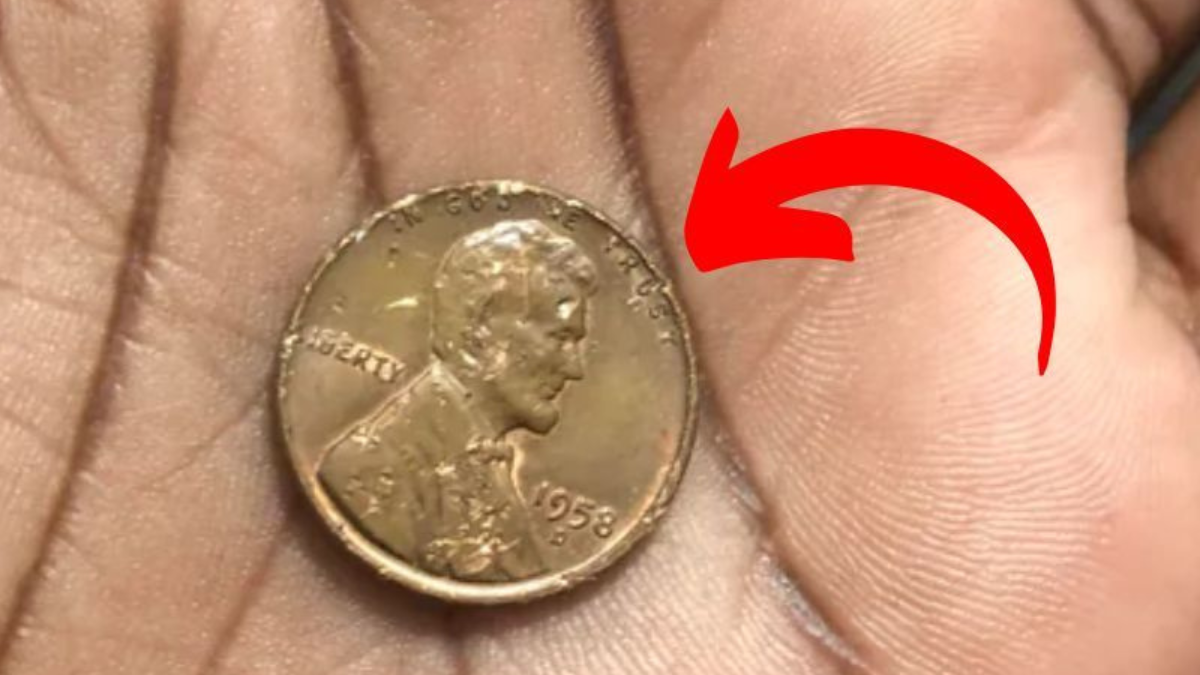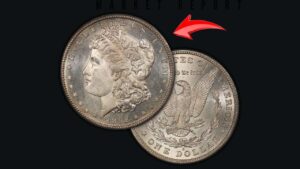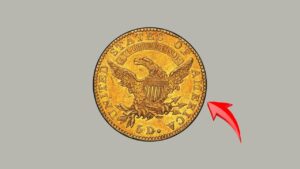Finding a fortune in your pocket change sounds like a dream—but for a lucky few, it’s a real possibility. Among the coins that could make this happen, the 1943 Bronze Lincoln Wheat Penny stands out as one of the most extraordinary. With an estimated value reaching up to $4.4 million, this coin isn’t just rare—it’s legendary. Here’s what makes this penny so special and how you can spot one among your everyday change.
A Wartime Mistake Turned Million-Dollar Rarity
In 1943, during World War II, the U.S. Mint temporarily stopped using copper for pennies to conserve the metal for military equipment. Instead, they produced pennies from zinc-coated steel. However, a few bronze planchets—leftover copper blanks—accidentally slipped into the presses. The result? A small batch of 1943 Lincoln Wheat Pennies struck in bronze instead of steel.
This minting error created what’s now considered the “Holy Grail” of U.S. coinage. Fewer than 20 of these bronze coins are confirmed to exist, making them incredibly rare and highly desirable among collectors.
What Makes the 1943 Bronze Penny So Valuable?
Several factors drive the extraordinary value of the 1943 Bronze Lincoln Wheat Penny:
- Rarity: Only about 20 known to exist.
- Historical Significance: A direct result of wartime material shortages.
- Condition: Coins in uncirculated or near-mint condition can fetch higher prices.
- Mint Mark: Variants include the 1943-D (Denver) and 1943-S (San Francisco); only one 1943-D bronze penny is confirmed to exist, making it uniquely valuable.
One of these coins sold for $1.7 million in 2010, and experts suggest a top-condition piece today could command up to $4.4 million. While internet rumors have claimed values as high as $45 million, these figures are unfounded and not supported by credible sales.
How to Spot a 1943 Bronze Wheat Penny
Think you might have one of these hidden treasures? Here’s what to look for:
- Date: Check for the year 1943.
- Color: Bronze pennies appear copper-colored, while steel pennies look silver-gray.
- Magnet Test: Steel pennies are magnetic—bronze ones are not. If your 1943 penny doesn’t stick to a magnet, it’s worth a second look.
- Mint Mark: Found under the date—look for “D” (Denver), “S” (San Francisco), or no mark (Philadelphia).
- Condition: The better the condition, the higher the potential value. However, do not clean the coin, as this can significantly reduce its worth.
If your penny meets these criteria, consult a professional coin grading service like PCGS (Professional Coin Grading Service) or NGC (Numismatic Guaranty Company) for verification.
Key Characteristics of the 1943 Bronze Lincoln Wheat Penny
| Key Detail | Description |
|---|---|
| Year | 1943 |
| Material | Bronze (95% copper, 5% tin and zinc) |
| Color | Copper-brown or reddish tone |
| Mint Marks | D (Denver), S (San Francisco), or none |
| Magnet Test | Non-magnetic |
| Estimated Value | Up to $4.4 million in pristine condition |
Other Lincoln Wheat Pennies That Could Be Valuable
While the 1943 bronze penny is the crown jewel, other Lincoln Wheat Pennies are also worth checking:
- 1909-S VDB: One of the rarest first-year issues.
- 1955 Doubled Die: Features a noticeable double image on the date and lettering.
- 1922 No D: A rare Denver mint coin missing its mint mark.
Each of these coins can be worth hundreds or thousands of dollars depending on condition and rarity.
The thrill of potentially discovering a million-dollar coin continues to excite collectors and everyday folks alike. Whether you inherited a coin jar, shop at garage sales, or simply check your pocket change, the possibility of finding a rare penny adds a fun and potentially lucrative twist to daily life. In the end, the Lincoln Wheat Penny reminds us that even the smallest pieces of currency can carry enormous value.
FAQs:
How do I know if my 1943 penny is bronze?
Use a magnet—steel pennies will stick, bronze ones won’t. Also, bronze pennies have a coppery appearance.
Where can I have a rare coin evaluated?
Professional grading services like PCGS or NGC can authenticate and value your coin.
Can I clean my coin to make it look better?
No. Cleaning a coin can damage it and drastically reduce its value.




